Can I use Scotts WinterGuard in spring? If you are looking for an answer to this question, you are in the right place. To put it easy, Yes you can.
Winter season is the harshest climate for turf grass and other types of plants in the lawn. If proper lawn fertilizer preparations are not made then they can go into a dormant state and die due to lack of nutrients.
In this article, we will be discussing when to apply theScotts Turf Builder WinterGuard on warm-season and cool-season grasses, how to use it, nutrients in the product, specs, and other similar products. Let’s get started!
Contents
Best Time for Winterizing Lawn: How and When
Winterizing the lawn is important so that it remains vibrant and healthy thought out the harsh season. The best way to ensure that your lawn turfgrass is in healthy condition is by following a recipe:
- Nitrogen – 3 Parts
- Potassium – 1 Part
You may use Scotts fall weed and feed is the ideal choice for this task. The mix is a slow-release fertilizer (nitrogen mix) that fertilizes the grass preparing it for cold temperatures which is usually during late spring or early fall.
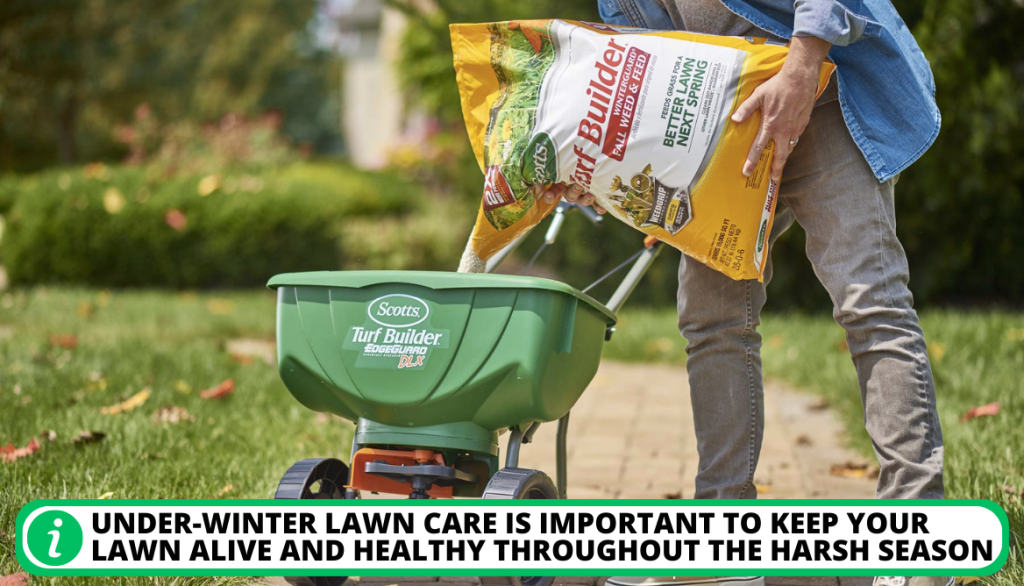
Using Scotts WinterGuard: Best Time Revealed!
Applying Scotts WinterGuard during early fall is the right time. Keeping check of the ideal temperature of the soil is the key to getting the most out of the product.
If the soil is very cold then watering is needed to absorb the product into the soil. Using a spreader is also a quick method to apply the weed killer to your lawn. Listed below are the soil temperature ranges to help you out!
- Temperature Range: 50-55 degrees Fahrenheit
- Spring Temperature Range: 55 degrees Fahrenheit
- Best Temperature Range: 60 and above degrees Fahrenheit.
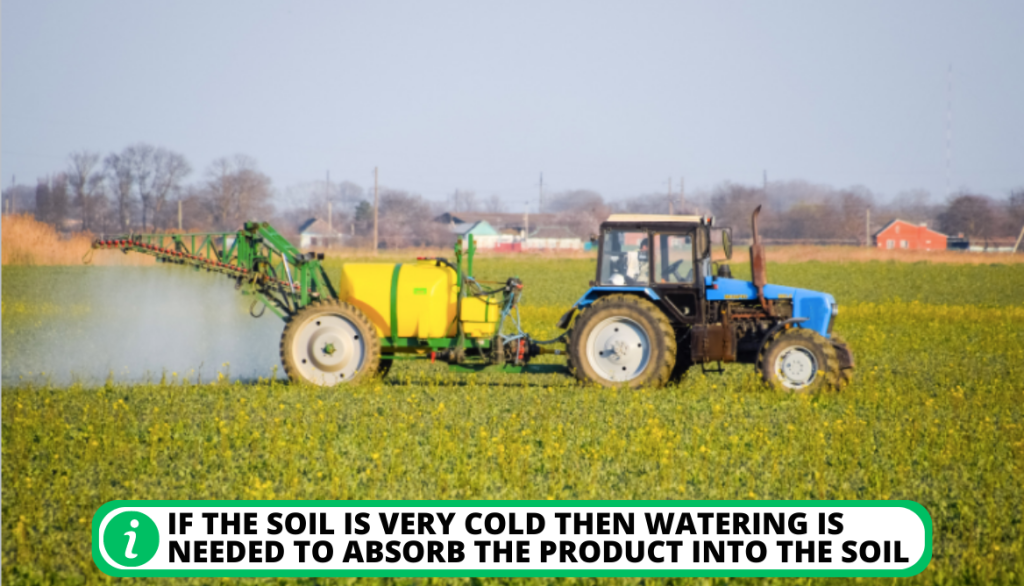
Scotts Turf Builder WinterGuard for Next Spring Fall Weed
First of all, make sure that you are using the right product for your lawn. And if you are unsure then get in touch with an expert for the best recommendation. Here are some important considerations!
- Always use the required amount and do not exceed to use too much fertilizer.
- The weed and feed herbicide needs to be applied in such quantity that the nutrients are replenished while not exceeding the amount that can burn the plants.
- Never think that more is better! It can be lethal to both humans and pets as the product may contain poisonous substances that can be alarming when used in large quantities.
- Using the right method brings forth the best results. For example, Scotts Turf Builder Winter Guard needs to be applied only to affected areas and not to the whole area.
- This helps to keep the area safe for pets and humans as there is less chance of exposure when the application is done in a controlled manner.
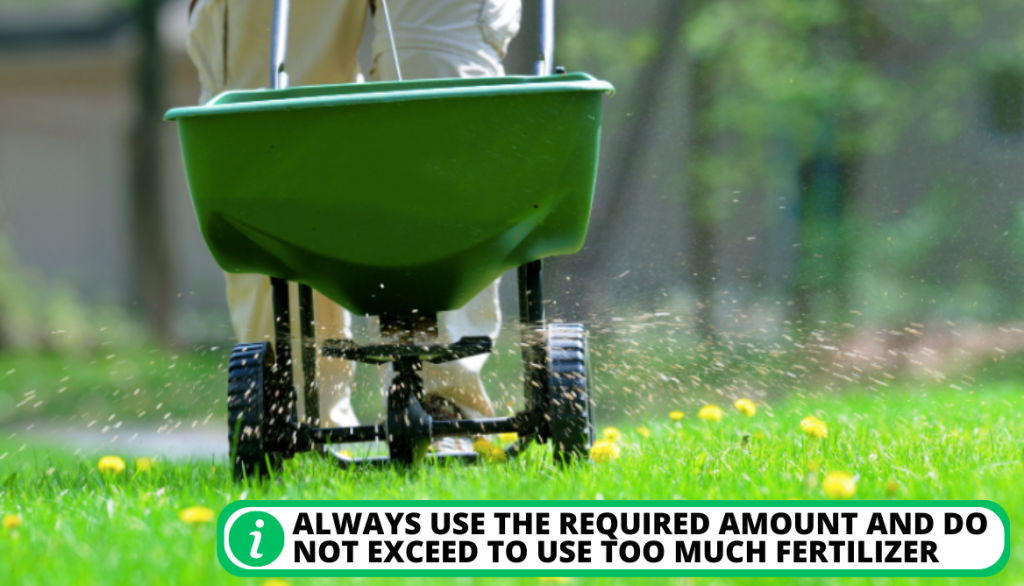
The Proportions of the Grass Fertilizer
Winterizing fertilizer such as the ScottsGuard has variations in high levels of potassium and a little lower levels of nitrogen. This proportion is different from turf-building fertilizers used during early seasons such as warmer weather conditions.
If you look closely at the contents of the Scottsguard bag then you will notice some numbers. Let’s understand what they mean!
The Scotts WinterGuard is a 32-0-10 product meaning that it contains:
- 32 percent Nitrogen
- 0 percent Phosphorus
- 10 percent Potassium
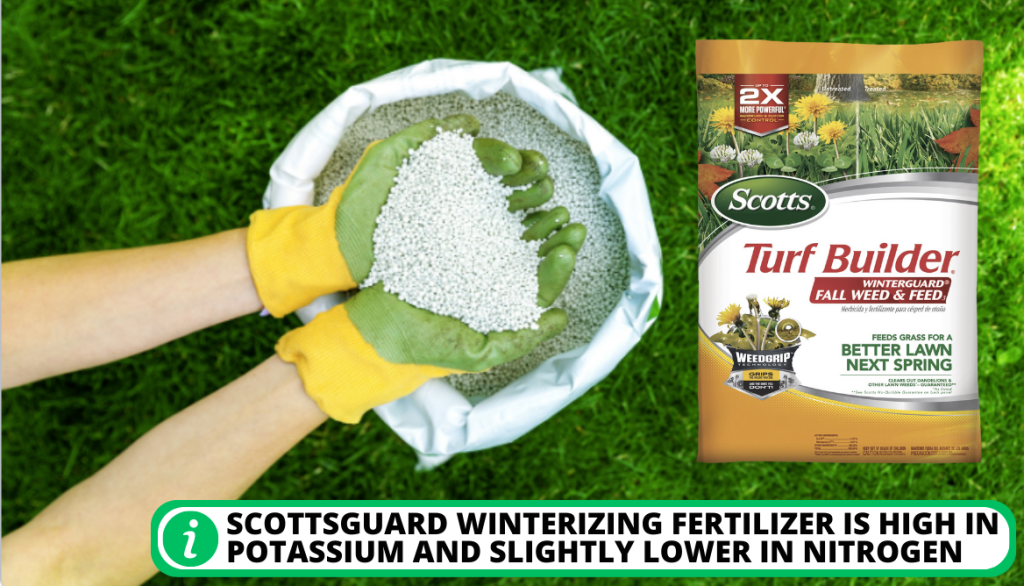
Potassium
During the winter-long season, plants may have difficulty resisting the cold. This nutrient helps them to handle the extreme chilling conditions and stress caused by sudden weather changes.
Also, potassium supports nutrient absorption and reinforces the plant at a cellular level from the root to the tip of the leaf blades resulting in a healthy-looking lawn.
Nitrogen
Growth slows down during the winter months and this is very alarming. The plant could go into a dormant state and if not provided with food, it will die!
Nitrogen helps to prevent this by promoting leaf growth in cold temperatures. The fast green-up color and thick lush coat of grass are all due to this specific nutrient.
Phosphorus
This nutrient is like a catalyst for the other two. The right amount will boost the performance and help in the healthy growth of the roots and other parts of the plant.
For more insights, check out this video.
Scotts WinterGuard Product Specifications
It is an outstanding product to battle the cold, and weeds, and ensure that the plant grows consistently. Here are its specifications!
Active Ingredient: | 2, 4-D – 1.21% Mecoprop-p – 0.61% Nitrogen (N) – 28% Soluble Potash (K2O) – 6% Sulfur (S) – 3% |
Target pests: | Bull Thistle, Carpetweed, Chickweed, Clover, Dandelions, Ground Ivy, Mustard, Plantain, Ragweed, Wild Carrot and others. Note: See the label for a complete list |
For use in: | Residential Lawns |
Application: | Grass should be wet from dew or water before application. Recommended to apply in the fall when weeds are growing actively |
Pet safe: | Yes, if followed by directions on the label |
Yield: | Covers up to 5,000 sq. ft. |
Special Features: | Uses Weedgrip Technology to grip visible and non-visible weeds and effectively kill them |
Shipping Weight: | 17.24 lbs |
Manufacturer: | Scotts (Mfg. Number: 50250) |
UPC: | 032247502252 |
EPA Registration: | 538-282 |
Fall Lawn Food vs Weed and Feed: What is the Difference?
Spring fertilizers are a plant food mix that helps provide nutrients to the plants as they come out of dormancy. While fall fertilizers strengthen the plants for the chilling conditions by boosting the health of the roots and nutrient storage.
These also have a high amount of phosphorus and potassium which are essential for root health (deep roots) as well as overall lawn care. Here is a table for a better understanding of two of the most amazing products!
Product | Scotts Turf Builder WinterGuard Fall Lawn Food | Scotts Turf Builder WinterGuard Fall Weed & Feed |
Rates & Grass Types: | All Grass Types | All Grass Types Except Bentgrass, Carpetgrass, Dichondra, Floratam, Lippia, St. Augustinegrass |
Weeds Controlled: | None | Clover, Red Sorrel, Bindweed, Lespedeza (seeding), Bittercress, Black Medic, Mallow, Dandelion, Smartweed, Dichondra, Dollarweed, Pennywort, Mustard, Spurweed, English Daisy, Buttonweed, Pepperweed, Canada Thistle, Carpetweed, Plantain, Ground Ivy, Henbit, Horseweed, Knotweed (seeding). Ragweed and more |
Active Ingredients: | Fertilizer (32-0-10) | Fertilizer: (28-0-6), Weed Control: 2-4 D (Mecoprop-p) |
Type of product and what controls: | This is a granular fertilizer for application in the fall. Designed to repair summer damage, and build strong roots for cold weather and next spring | This is a granular fertilizer that helps control when (for example, if you purslane apply weed control) added for application in the fall. Designed to repair summer damage, and build strong roots for winter and next spring. As well as clear out your weeds (even ones you don’t see) |
Marking: | Labeled for Used In Lawns | Labeled for Used In Lawns |
Scotts Lawn Products: Are They Poisonous or Safe for Pets?
When used with proper guidelines then it is safe. But, every company suggests that until and unless the product is fully absorbed into the lawn then it is not safe for humans and pets to access the area.
Similarly, Scotts products do not cause any harm to pets as long as the proper method of application is implemented.
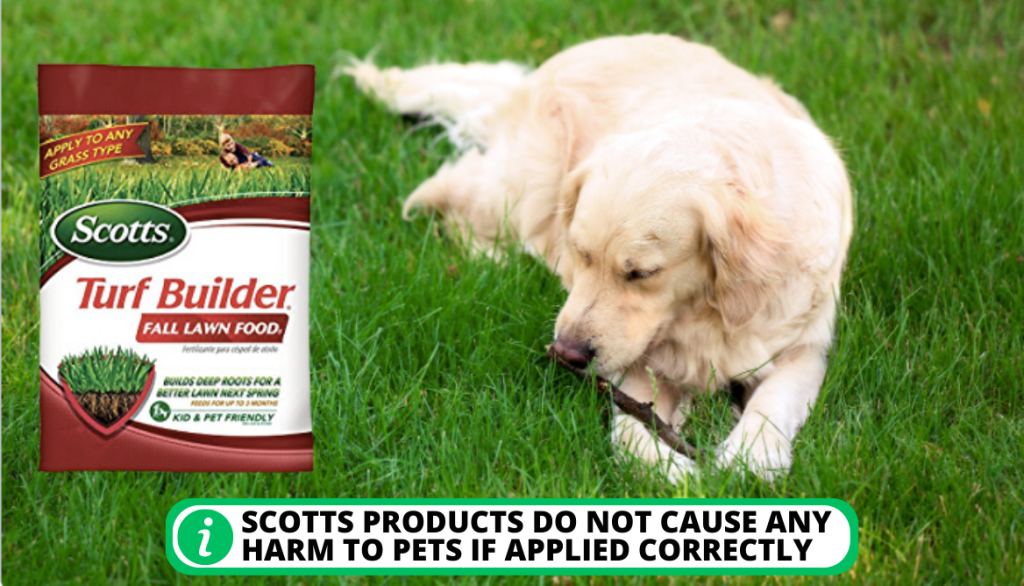
Here are some amazing products from Scotts!
1. Scotts Turf Builder WinterGuard Fertilizer
If instructions on the Scotts Turf Builder WinterGuard are followed then this product is very safe for pets.
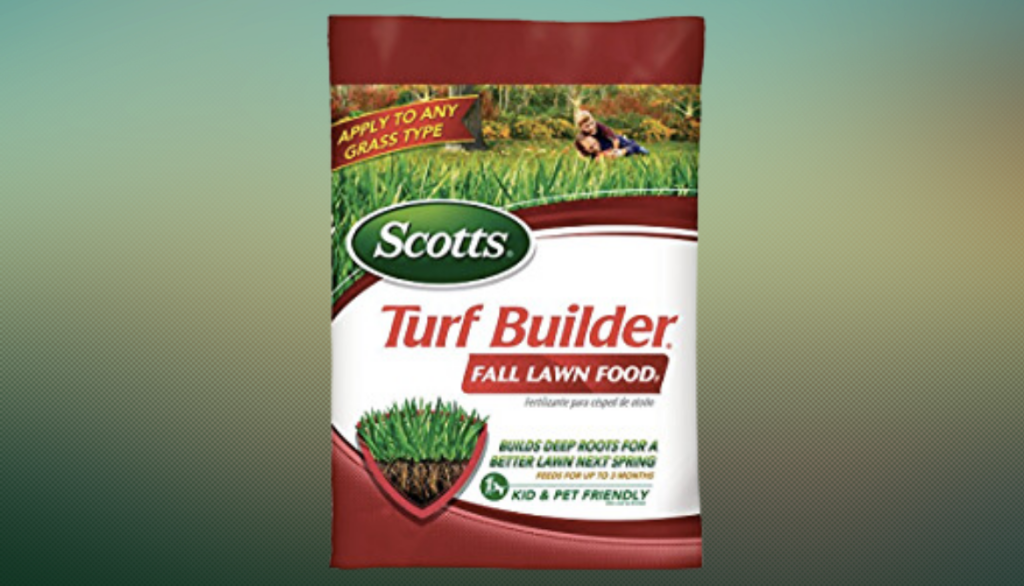
2. Scotts Turf Builder Summerguard Fertilizer
You can let your dog on the lawn after applying this product to the grass. Note: Before letting your pets on the grass, water down the product for a better lawn!
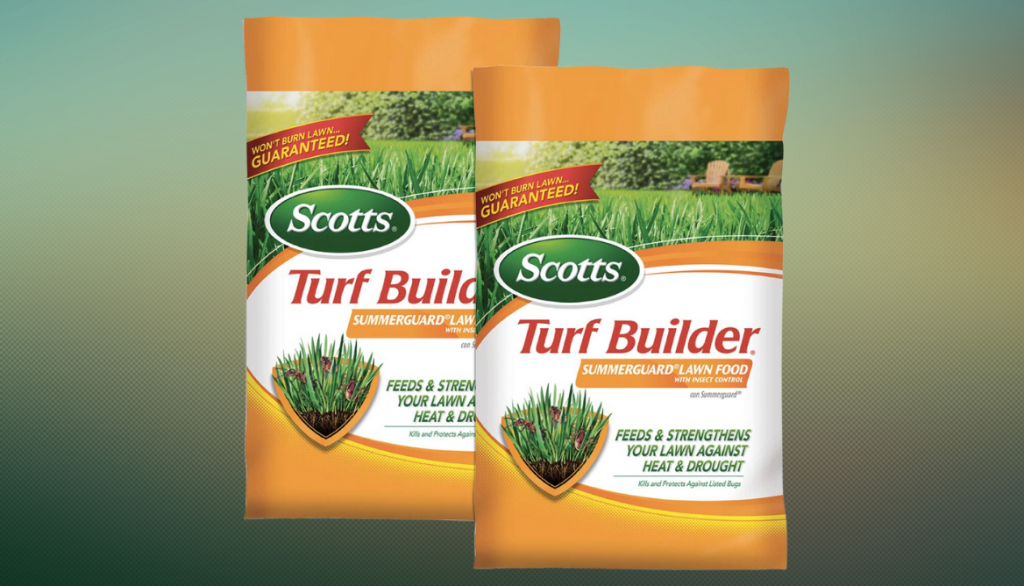
3. Scotts Turf Builder Lawn Food Fertilizer
It is one of the best products that feeds grass with essential nutrients. If you are not watering the lawn then it is safe for your pets to play on the grass. But, if you have applied water to the lawn wait for it to dry out first.
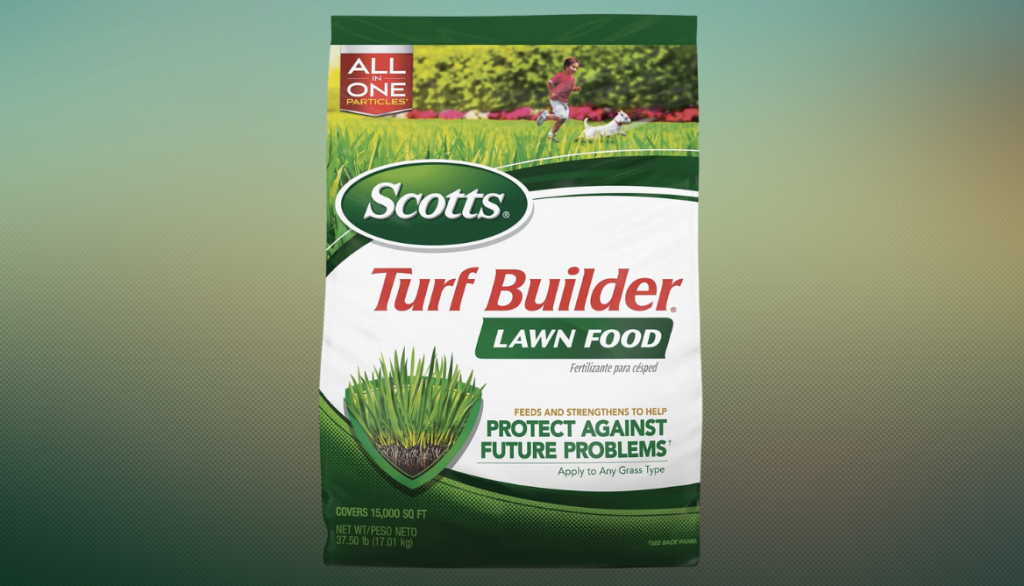
4. Scotts Turf Builder Grass Seed
As long as you have followed the instruction on the label to use this product. It is super safe for your pets to go on the lawn as long as it is not a wet lawn with products in it.
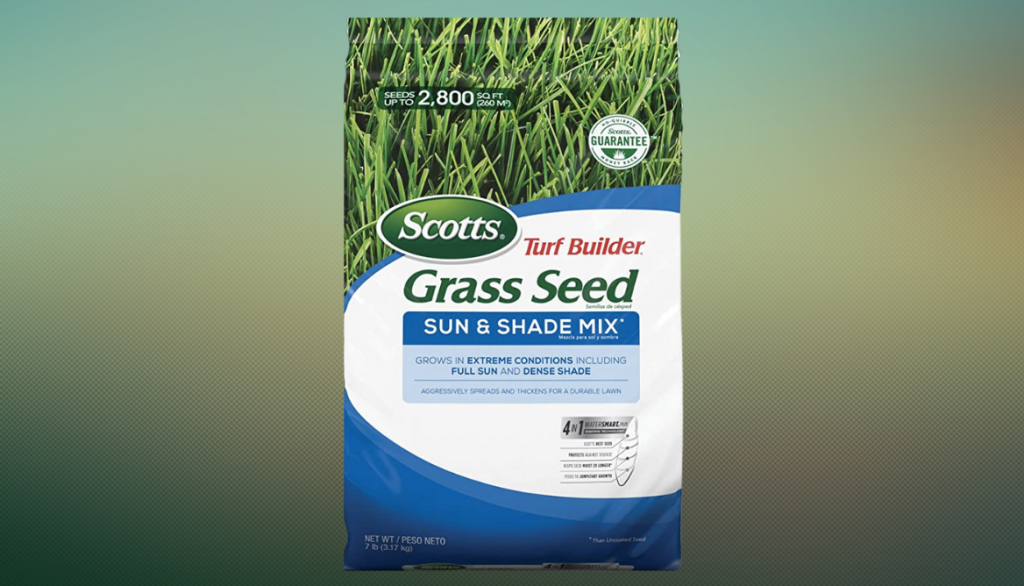
5. Scotts Turf Builder Weed and Feed
Always read the label and directions of use to ensure the safety of your pets. It is a very safe weed killer and helps prevent weeds if you are following the proper steps for the application of the product.
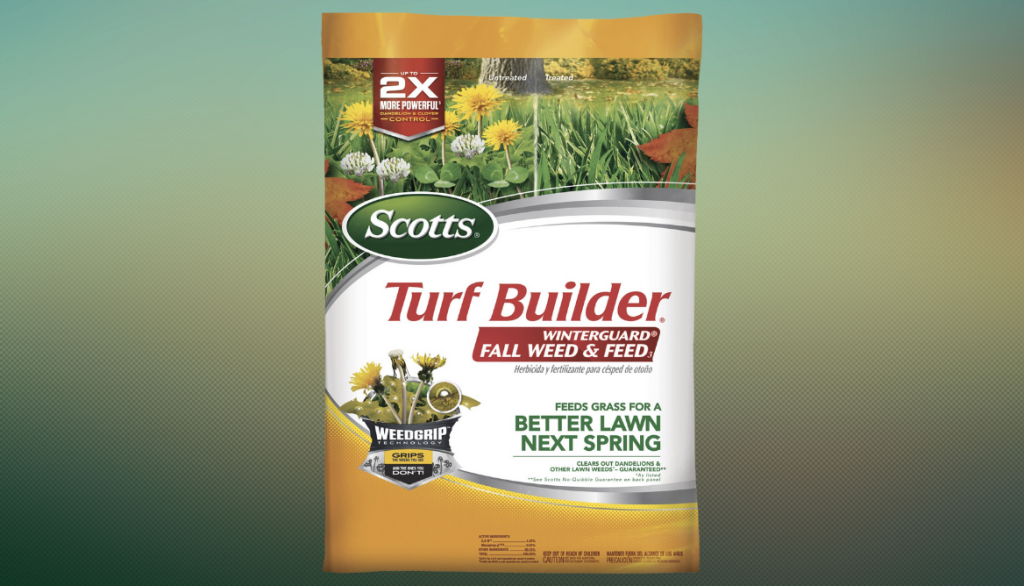
6. Scotts Crabgrass Preventer
Let the lawn dry after the application of the product and watering. Once it is fully dried out then let your pets go in the lawn without worry.
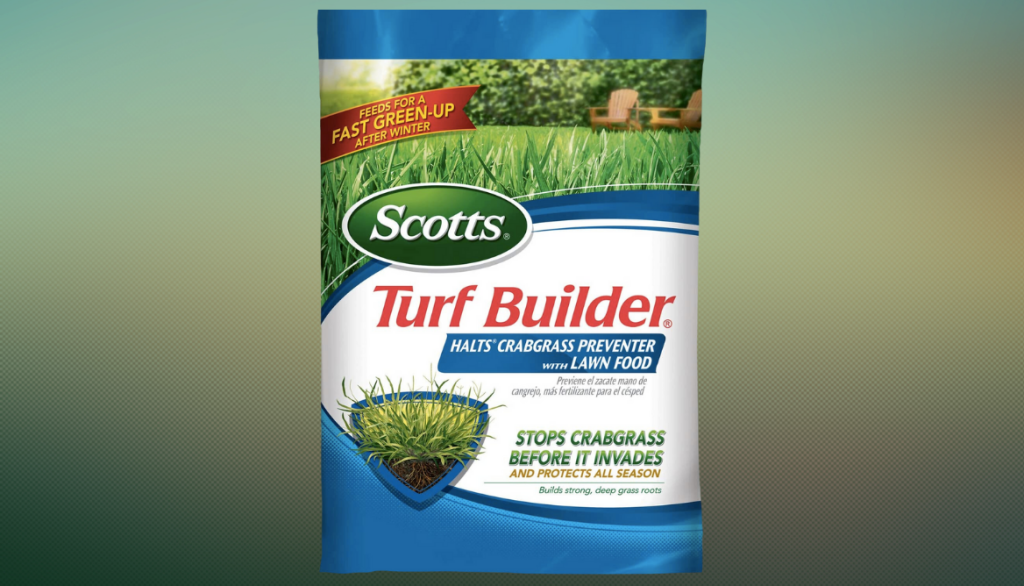
FAQ
When to apply to Scotts WinterGuard?
The ideal time to apply Scotts WinterGuard to your growing plant is between April and June.
What is Scotts WinterGuard?
Scotts WinterGuard is an amazing lawn care product that fertilizes the grass and at the same time protects your lawn during late fall. Extreme cold and freezing conditions may kill the grass of your lawn but applying an even layer of the product helps provide food.
Is Scotts Winter fertilizer necessary?
Yes! It is very important to apply an ample layer of Scotts WinterGuard to your lawn. It helps the grass to recover from any stress during winter and helps retains health during spring.
Does Scotts WinterGuard kill weeds?
You may have to use Scotts WinterGuard Fall Weed & Feed to exterminate the weeds and prepare the lawn for the extreme winter season. The WeedGrip technology easily kills weeds and helps the grass to grow in good health.
Conclusion
Scotts WinterGuard and other products are a highly effective method of weed control/weed killer. Supplying your plants with nutrients, preparing them for the winter, and protecting them during freezing temperatures is the best course of action.
If you specifically want a broadleaf weeds killer, the Scotts Turf Builder Weed and Feed works like a charm. Although, there is SummerGuard and WinterGuard that protect your grass from hot and cold weather. Which product did you find best for your requirement? Let us know in the comments section!
- How to Get Potatoes to Sprout Eyes: Detailed Growing Guide with 3 Options - July 31, 2023
- Weight of a Medium Potato: Revealed in Detailed Guide - July 29, 2023
- Maris Piper Potatoes: 9 Substitutes You Should Know About - July 27, 2023
Hello! I’m Jessica Zander, a garden coach and consultant based in the Boston area (zone 6b), offering virtual consultations across the country and Canada.
I’ve been passionate about gardening since the early 1990s, and in 2022, I launched You Can Do It Gardening to empower individuals to feel more confident in their gardening endeavors.
Following a 30-year career in nonprofit finance and operations, I transitioned out of that field in mid-June of 2023 due to the growing demand for coaching services. Interestingly, my years of presenting financial statements to boards and finance committees proved to be valuable experience for teaching people about gardening! I enjoy sharing skills, providing guidance and suggestions, and collaborating efficiently with clients to make significant improvements to their outdoor spaces, both small and large. I also regularly teach at the Arlington Continuing Education and Cambridge Adult Education.
My approach is direct and practical, akin to Mary Poppins, but tailored to your garden. Clients find satisfaction in saving money and taking pride in their own gardening achievements.

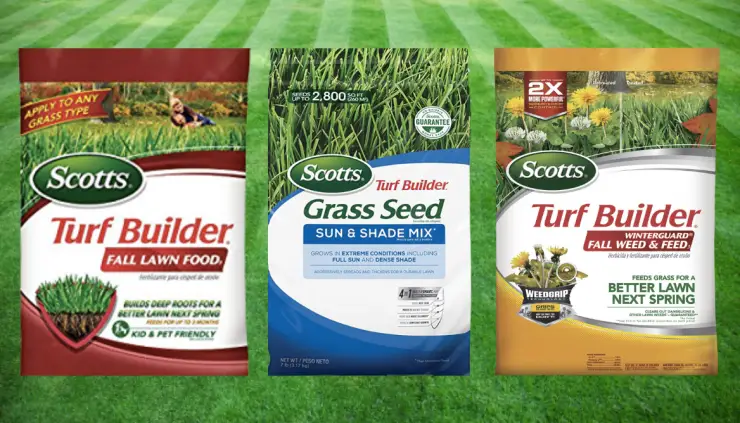
Add comment